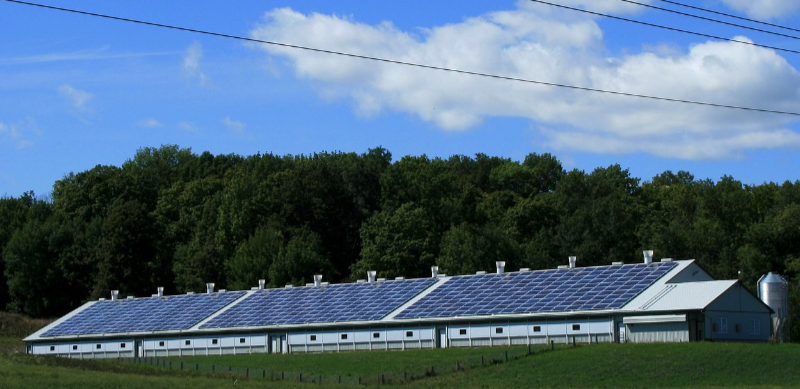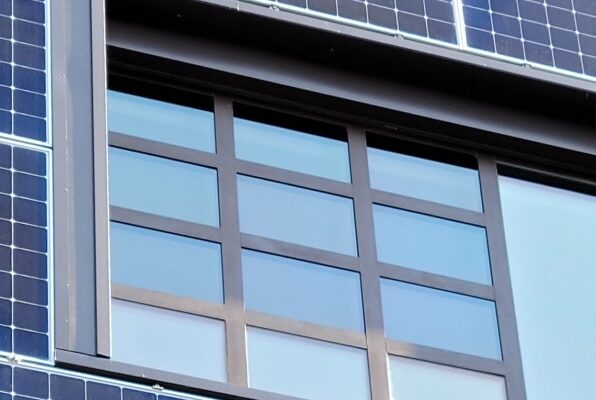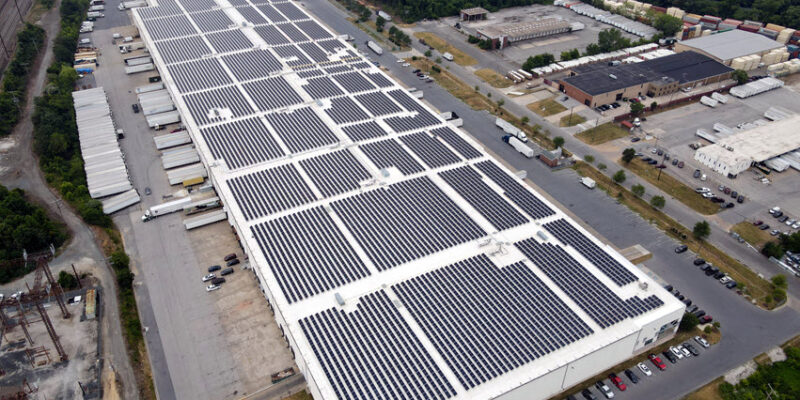As the Nation continues to shift towards renewable energy sources, the need for innovative solutions is more pressing than ever. As the investment in and growth of solar occurs, there is a growing objection in some communities about the intrusion of very visible
renewable energy systems, including wind turbines and large solar farms.
A solution to this issue is the use of rooftops to build solar farms. This concept involves transforming the otherwise wasted space on rooftops into a producer of clean, renewable energy. As an added benefit, solar equipment is often totally out of the public’s sight. Rooftop solar is a growing opportunity for solar developers and large facility owners. Let’s dive in and explore the exciting potential of this cutting-edge energy solution.
Benefits of Using Roofs for Solar Farms
A significant benefit of using roofs to build solar farms is the ability to generate clean, renewable energy in urban areas where open land is scarce. In other cases, where land is plentiful, the community may object to it being used for solar rather than for farming or
preserved as open space.
Rooftop solar farms help to create jobs and stimulate local economies. The installation and
maintenance of solar panels require skilled labor, which can provide employment opportunities for local communities.
Not all roofs are created equal when it comes to solar installations. The ideal roof for a solar
farm is one that is flat or slightly sloped and is free from the shading of trees or other buildings. Additionally, roofs that are made of durable materials such as metal or concrete are preferred, as they can better support the weight of the solar panels and require less
frequent replacement.
Another factor to consider is the size of the roof. Larger roofs are more suitable for impactful solar production, as they can accommodate more solar panels and generate more energy.
Installing Solar Panels on Roofs
The installation of solar panels on roofs is a complex process that requires specialized knowledge and expertise. It typically begins with an assessment of the roof’s suitability for solar, including an evaluation of the structural integrity and orientation of the roof. Once this assessment is complete, the solar panels can be installed on the roof using a variety of techniques, including a non-penetrating ballasted solution and anchored systems.
Future of Roof Solar Farms
With continued advancements in technology and increasing public demand for renewable energy sources, the future of rooftop solar farms looks bright. Innovations such as bifacial solar panels and solar shingles are making rooftop solar farms even more productive and attractive. Additionally, the development of energy storage technologies is making it possible to store the surplus energy generated by rooftop solar farms, reducing reliance on the grid even further.
Conclusion
Rooftop solar farms offer numerous benefits: the generation of clean, renewable energy, the use of otherwise wasted space, long-term energy cost savings, and job creation. While there are challenges associated with this concept, the benefits of solar energy, while
simultaneously satisfying communities, should attract the interest of solar developers nationwide. With the continued development of innovative technologies, rooftop solar farms are likely to become an even more popular and accessible solution for a sustainable
future.








